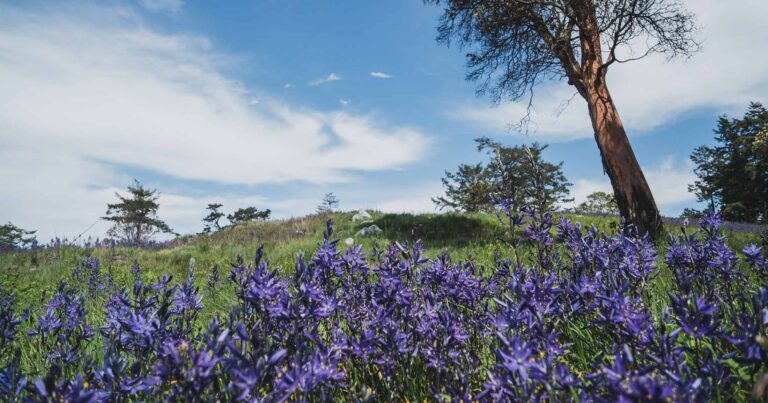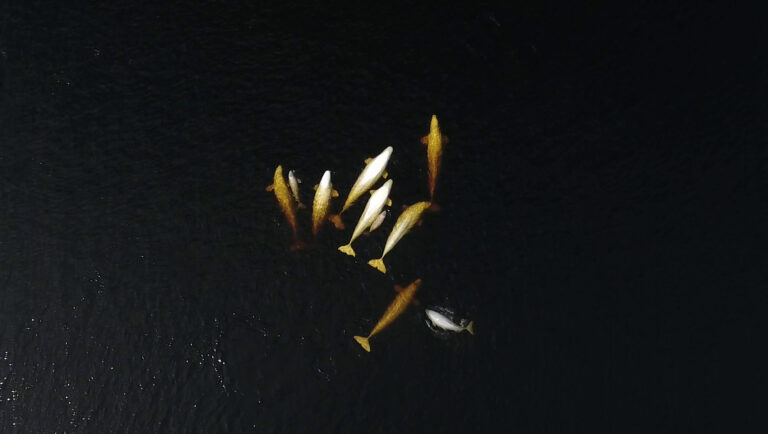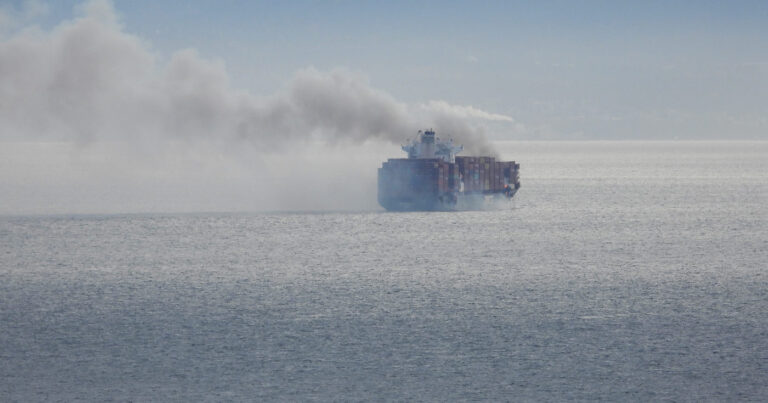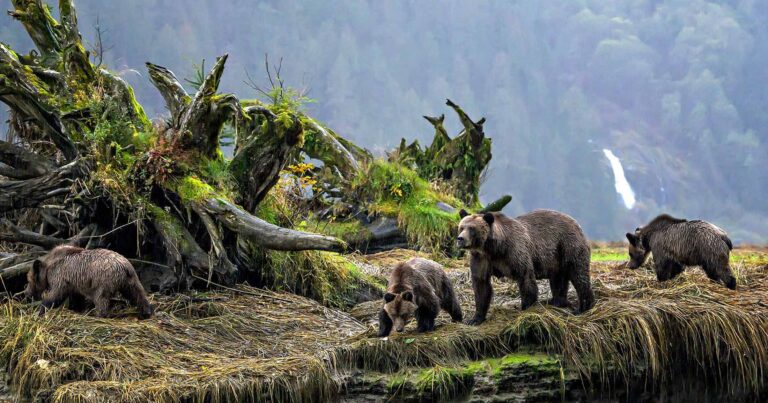The story of Coastal Douglas-fir forests: The intrinsic value of forests
Andy MacKinnon is one of the modern architects of the widely-used biogeoclimatic forest classification system in British Columbia.
What's new // Investigate and inform
Indepth essays and expert analyses from our researchers.

Andy MacKinnon is one of the modern architects of the widely-used biogeoclimatic forest classification system in British Columbia.

Despite significant losses to biodiversity and connectivity in the Coastal Douglas-fir forests of southern British Columbia, management regimes continue to honor practices that value profits over preservation. According to this interview with registered professional forester, Satnam Manhas, management practices that consider ecology first are required to maintain ecological and economic viability. What is the Coastal…

Exploring why belugas care for each other’s offspring.

Briony Penn is well known in BC for her tireless devotion to protecting endangered species and sensitive ecosystems in British Columbia.

Coastal Douglas-fir forests and associated ecosystems exist at the interface between land and water on the edge of the Salish Sea. With a long legacy of land stewardship by Coast Salish Nations, the ecological communities characteristic to this region are abundant and diverse. Since non-Indigenous arrival in the area, aggressive land conversion due to logging…

November of 2021 was a month like many others for the temperate rainforest of coastal British Columbia – variable winds from the Southwest, skies grey, and an abundance of … precipitation. What set this year apart was the cumulative amount of rainfall in Vancouver – 312mm for the month of November – well above the…

We investigated whether the elevated levels of underwater vessel noise in the estuary could interfere with the ability of beluga mothers and their newborn calves to regain contact after separations.

It is well known among foresters and ecologists in British Columbia that the Coastal Douglas-fir (CDF) biogeoclimatic zone is among the most threatened assemblages of habitats in the province.

These are relevant questions to ask ourselves, the shipping sector, and government authorities alike.

As Ecologists, we are interested in learning about organisms and their interactions, and who is better to learn from than those who so often have historical and contemporary connections to the lands and their living organisms for millennia?

An essay from Paul C. Paquet about our relationship with wolves.

On the central coast, genetic analyses have identified three genetic groups of grizzly bears — bears are more likely to be related to other bears within their own group than to bears in another group.